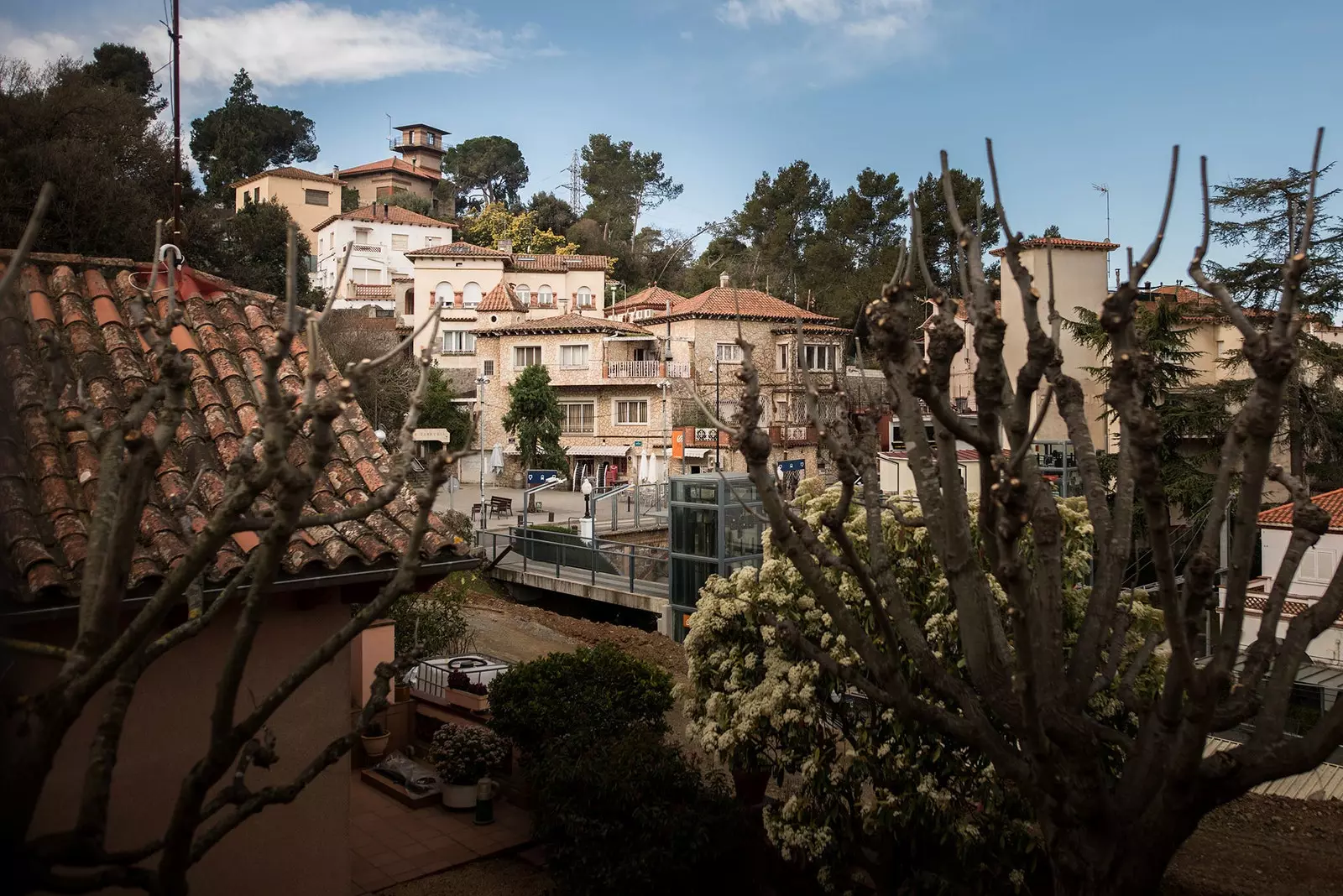
The Forest
Next stop, The Forest. In the middle of the Collserola mountain range , where Barcelona loses its name, asphalt, noise and pollution, urbanizations begin to emerge. Small houses, and not so small ones, with more or less grace, populate this mountain range, a place of leisure where the men and women of Barcelona can enjoy a little purer air and nature.
Among these developments, one stands out for having managed to become an ecosystem in itself: The Forest. A microcosm made up of hippies and the Catalan bourgeoisie which has a lot to offer.
Just fifteen minutes from Barcelona, La Floresta is the ideal place to spend a Saturday or Sunday now that the good weather is approaching. A charming little square, a couple of places with homemade vermouth, sunshine and calm. What more could you want?
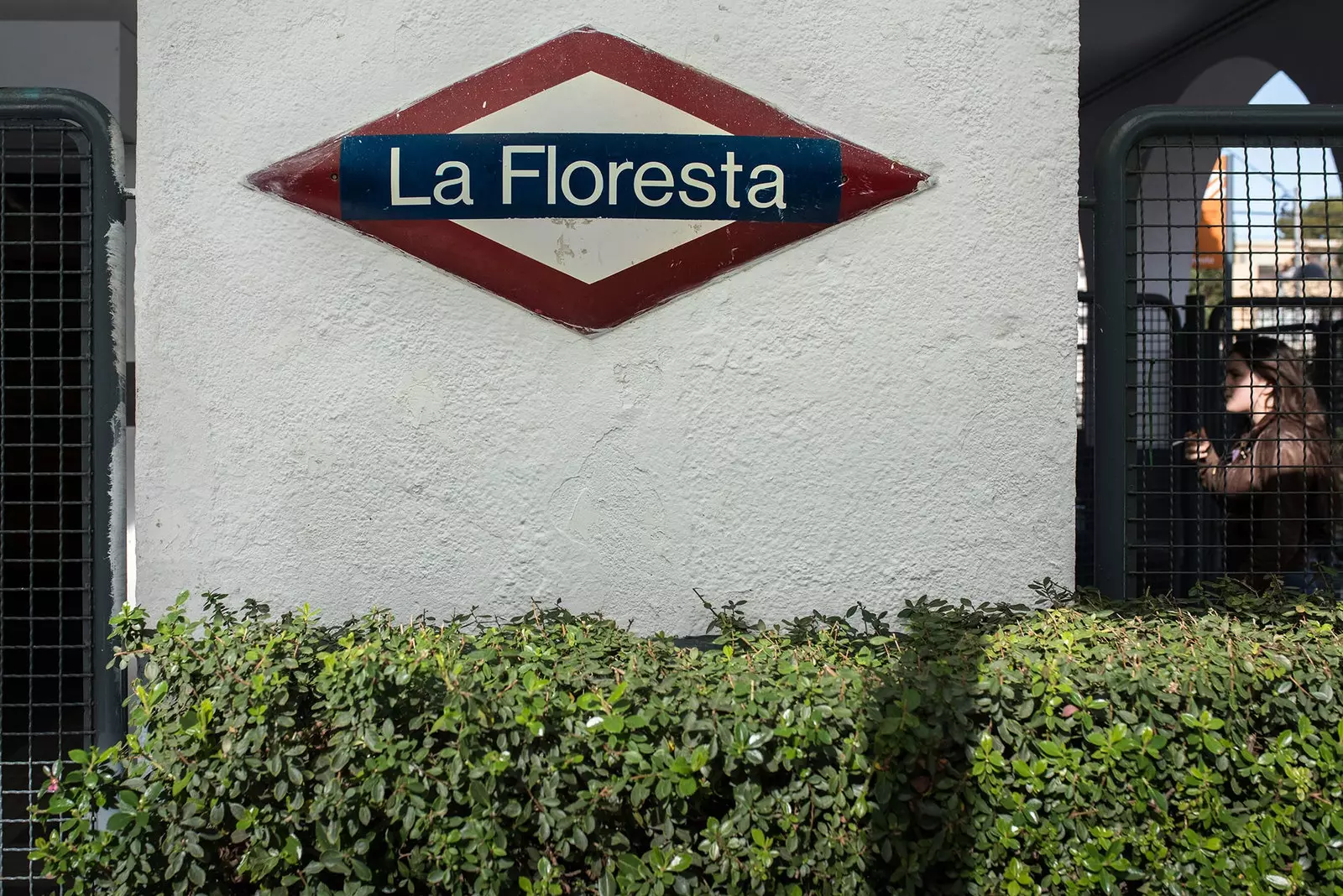
One step away from Barcelona, a different universe
A BOURGEOIS NEIGHBORHOOD
To understand why La Floresta has become what it is and why it is so popular among Barcelonans, you have to go back to the beginning of the 20th century, when the grant the first licenses to build and when in 1916 the railway section between Sarrià and Les Planes was inaugurated (one stop before La Floresta).
The La Floresta train station would be inaugurated in 1925 and would receive the name of La Floresta-Pearson, in honor of the neighborhood's ideological architect, of Canadian origin, who planned to build an English-style urbanization.
“The Canadian engineer F. S. Pearson, (…) devised on the map an English-style urbanization that would be a kind of residential parenthesis between overcrowded Barcelona and industrious Vallès. It was not without logic, but misfortune caused Pearson to die in 1915, and the whole logic of the project seemed to sink with him. La Floresta grew poorly orphaned by urban planners and plans, in a somewhat chaotic growth in which the houses were gaining ground from the forest in a strange pact without rules” , explained the writer Xavier Moret, in an article for El País.
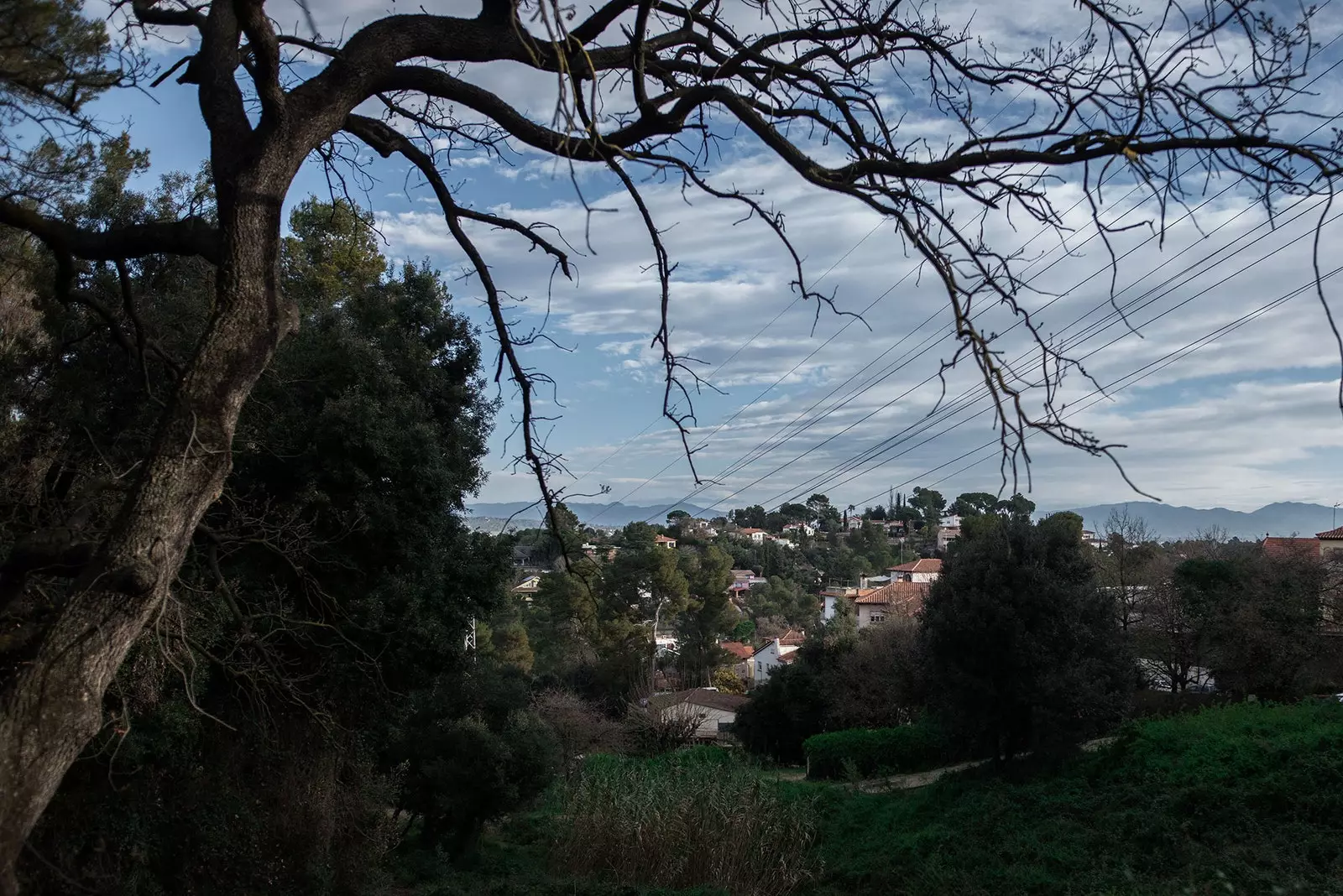
La Floresta grew poorly orphaned by urban planners and plans
Already in the 30s and 40s , the area of Les Planes-La Floresta had become a summer and weekend place of worship, meeting place for families and groups of friends, both from Barcelona and the metropolitan area.
Very different origin had those who settled there: Catalan bourgeoisie with a desire for tranquility and nature , with the possible necessary to build a semi-detached house and flee from the big city. Thus, La Floresta became a prime residential area, one of the most sought after on the outskirts of Barcelona.
Moret describes it better than anyone: “For years, La Floresta was like that Galician city in the novel La saga fuga de J. B., by Gonzalo Torrente Ballester, a population that had the curious property of, under cover of fog, levitating above the clouds and becoming invisible and even inaccessible to outsiders. La Floresta, located a stone's throw from Barcelona, appeared on maps and in people's conversations, but few, if any, were the roads that led to it. Due to its labyrinthine layout and the lack of a defined center -consequence of its beginnings as an idyllic urbanization of houses lost in a forest of pines, strawberry trees and oaks-, La Floresta was only made understandable and visible to those who lived in it”. At that time, there were still few who lived there all year round, but it was then that The first shops began to open.
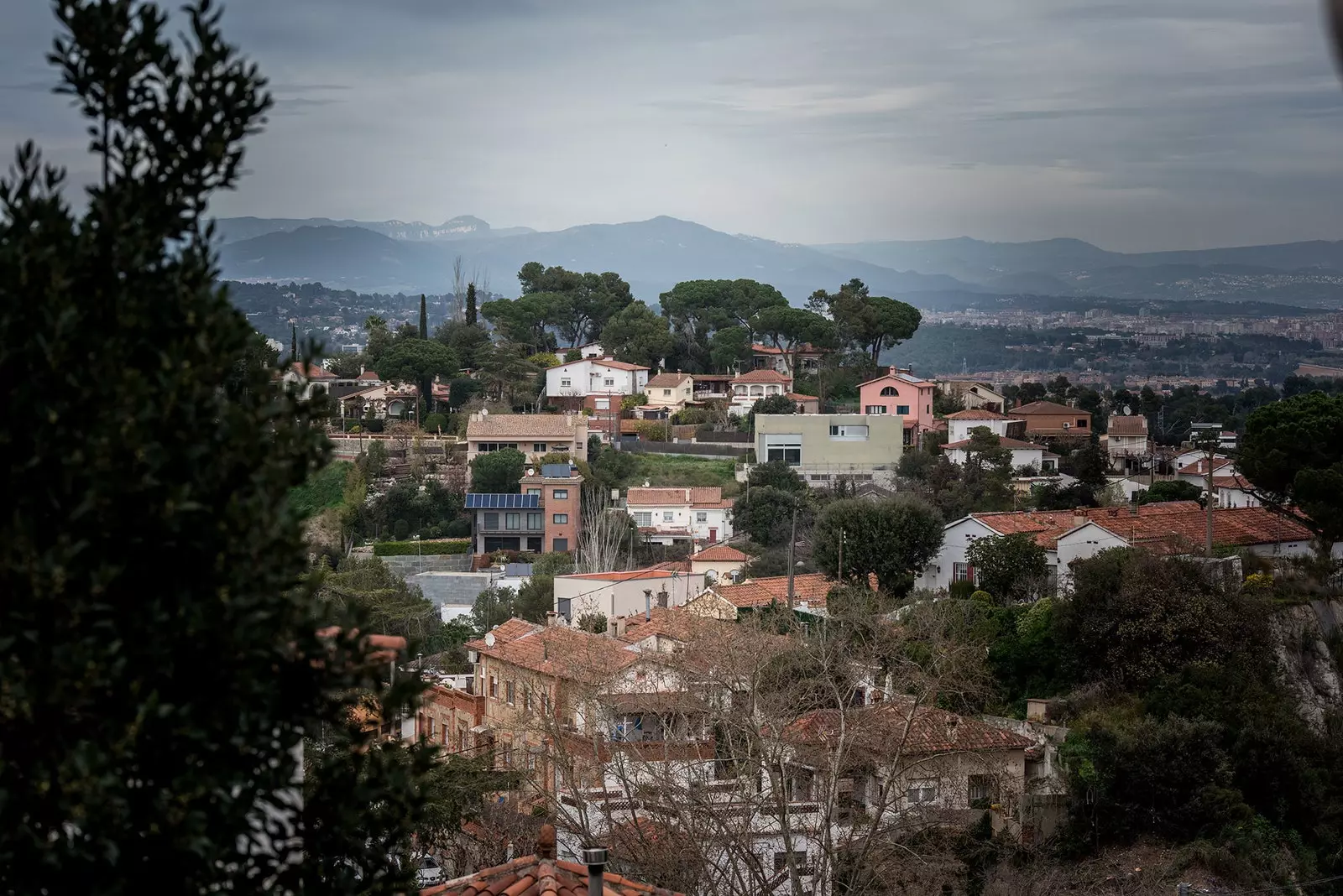
"The Forest was only made understandable and visible to those who lived in it"
From the 70s , however, the residents of La Floresta found themselves with a horde of new and unexpected neighbors: the hippies who fled en masse from Barcelona. It was then that some of the houses were occupied and a culture of occupation was established that still lasts today. The Forest as a way of life.
It was they, the hippies of the time, who changed the conception of La Floresta and resignified the neighborhood (belonging to Sant Cugat). La Floresta became known as Barcelona's Haight-Ashbury. To understand this unusual place, don't miss the documentary La Floresta enCanta.
Already in 1991, the inauguration of the Vallvidrera tunnels made the area much more accessible and houses began to multiply, as well as basic services: sewage, electricity or running water. The price of rentals, yes, also multiplied. And so they have remained until now.
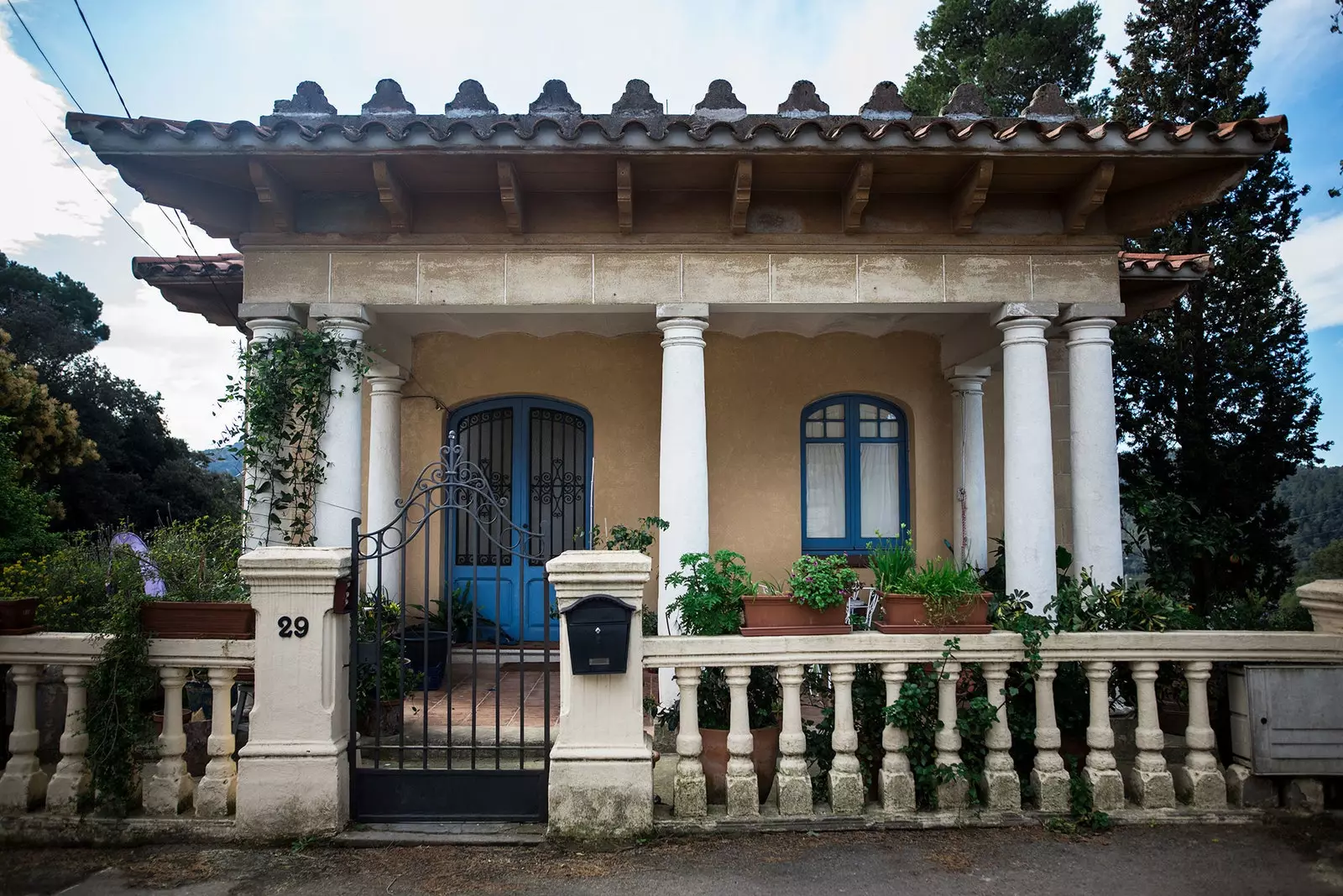
In the 70s the hippies arrived in La Floresta
**THE CASINO **
One of the flagships of La Floresta is El Casino, designed by Cayetano Tarruell , who had made his fortune in Cuba. It was opened in 1933 by President Lluís Companys and soon became a symbol of the Catalan bourgeoisie and the social epicenter of the neighborhood. The Casino was testimony to lavish verbenas and dances that lasted until well into the morning.
It evolved as did the rest of the neighborhood. From concerts for the wealthy and elegant Catalans to concerts in which something more than tobacco was breathed. María del Mar Bonet or Jaume Sisa would pass by. The drugs did the rest and the place became a place where many residents stopped going.
Tired of an unsustainable situation, the Sant Cugat City Council bought the premises in 1983 and kept it closed until 2010. Now it works as a municipal center in which activities are organized and some celebrations are held.
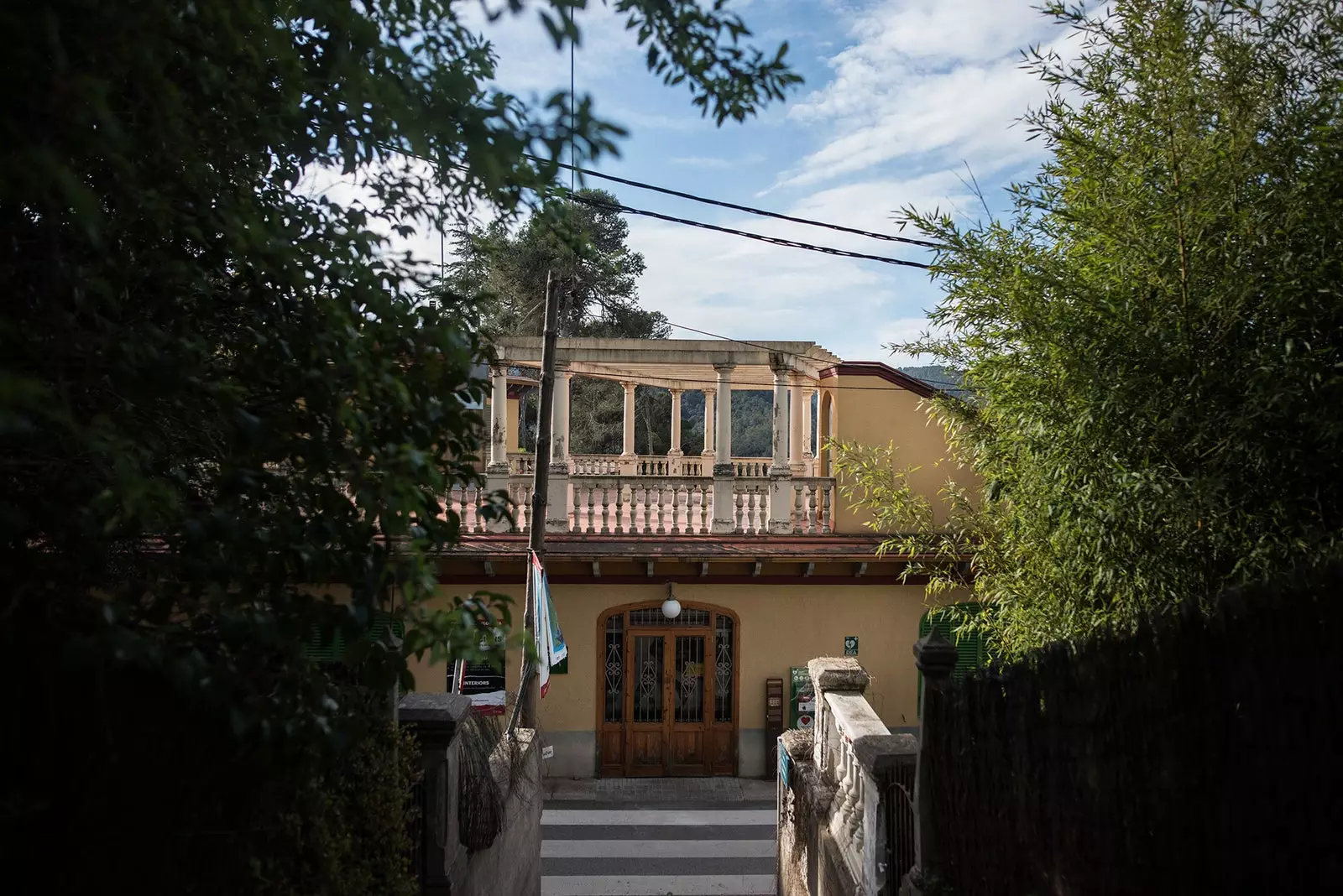
Casino of La Floresta
SUNDAYS IN THE FOREST
One of the epicenters of La Floresta is miquel ros square , next to the railway station. there, everyone Sundays , there is soiree: concerts, debates and talks, exchange of books and plants, products from organic gardens in the area, craft market (managed by the Floresstart association), crafts, children's activities, All organized by the Vermuts Florestans entity, created in 2014 with the aim of providing the neighborhood with cultural activities.
If what you want is to enjoy a good vermouth from the barrel in the sun, the visitor cannot help but sit in the terrace of La Floresteca, located in the same square. Atmosphere, fresh products, craft beers, Mediterranean cuisine and delicious desserts. If there is no room, don't worry: there are other bars in the same square with excellent options and affordable prices.
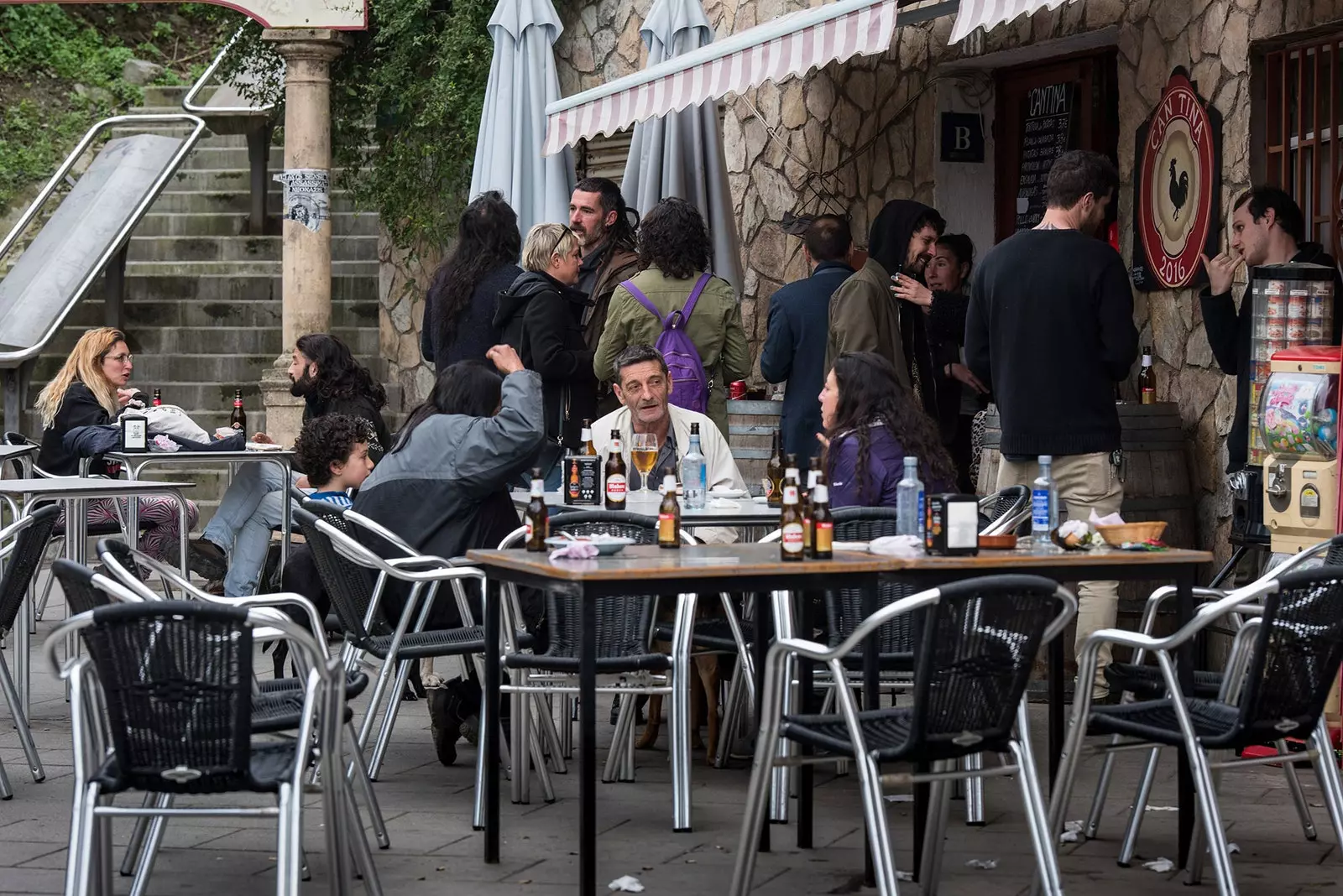
The necessary vermouth of La Floresta
**ENJOY NATURE **
For those who want a little more movement, there are endless routes that leave from the railway station of La Floresta. Many of them go along the Rierada to Molins de Rey Or until Sant Vicenç dels Horts . For more information, we recommend visiting the Wikiloc page, where the mileage and difficulty of each route are specified.
One of the most popular routes is the following some of the more than 360 natural water sources found in the Collserola mountain range or the route that goes to the Vallvidrera reservoir, built in 1850 with the aim of supplying water to the upper neighborhoods of Barcelona. It has an interpretation center.
It is also very popular to do an excursion to Santa Creu d'Olorda, where there is a hermitage, a castle and a quarry. all surrounded by the Puig d'Olorda, Turó Rodó and Turó del Xai hills. Interesting also the walk to the small hermitage of La Salud.
La Floresta is much more than a neighborhood or an urbanization, it is a way of living life, a Sunday in the sun, a route in the middle of nature. Heiress of that bourgeoisie that soon got tired of her and some hippies who never abandoned her, she has managed to create a microworld that does not usually leave indifferent. An enclave from another planet, original and authentic, just one train ride from the increasingly ordinary Barcelona.
